Doctor Duong Thi Nguyen
Candidature
 Graduated PhD 2015
Graduated PhD 2015
Thesis Title
Genetic diversity, reproductive systems and endosymbionts of two invasive thrips species
Research Project
The development of insect resistance to pesticides, aggravated by the effects of climate change, will lead to the evolution of more virulent pest biotypes. This may result in more frequent and more devastating pest outbreaks in many kinds of crops. For the future, biotechnological control strategies that include symbiotic microorganisms offer effective and environmentally friendly control options.
Many insect species are associated with inherited microbial symbionts that are vital to their life processes. These associations affect many aspects of insect biology such as reproduction, defence against antagonists, host plant choice and distribution.
There are four common phenotypes of symbionts manipulating host reproduction.
The most prominent feature of symbiotic bacteria such as Wolbachia (α- Proteobacteria) or Cardinium (Bacteroidetes) is cytoplasmic incompatibility (CI) and has been tested and applied for biological control of some insect species. CI results in embryonic mortality of
offspring of uninfected females when mated by infected male hosts. Three other phenotypic outcomes of these symbiotic bacteria are the induction of thelytokous parthenogenesis, feminization and male killing.
Another feature of microbes that can be used favourably in plant protection is that some bacteria can interfere with the plant pathogen transmission by insect vectors. Many pest insects cause damage to agriculture by transmitting plant pathogens through their plant sap feeding activity. The application of insecticides is only a temporary solution to control insect vectors, and more importantly plant pathogens can be efficiently spread by vectors at low abundance. It has recently been shown that association with the common insect symbiont Wolbachia confers resistance to mosquitoes in acquiring and transmitting pathogens that are of medical importance. It may hence be useful, for plant protection purposes, to introduce Wolbachia into vector insects in order to cut disease transmission by agricultural pest species. Furthermore, it is not known whether other symbiotic bacteria of plant disease vectors may have similar effects on reducing pathogen transmission. In my PhD project, I will test the extent of this useful interaction for agricultural pests.
The objectives of my research project are to:
1. Characterise existing symbiotic associations of a selected plant pathogen vector species within the insect orders Hemiptera (e.g. planthoppers, psyllids, whiteflies) and Thysanoptera (e.g. thrips).
2. Assess the importance of the detected symbionts for the biology of their insect host,
in particular in the process of plant pathogen transmission.
3. Introduce novel symbiotic bacteria into this candidate vector species with the aim to establish new control strategies that interfere with their capacity as vectors of plant pathogens.
Research Photos
The following are pictures of the greenhouse thrips – Heliothrips haemorrhoidalis. All stages of the life cycle of this species are represented: from egg; 1st and 2nd instar larvae; pupae; and adults. These pictures were taken whilst culturing the thrips on the chrysanthemum leaves.
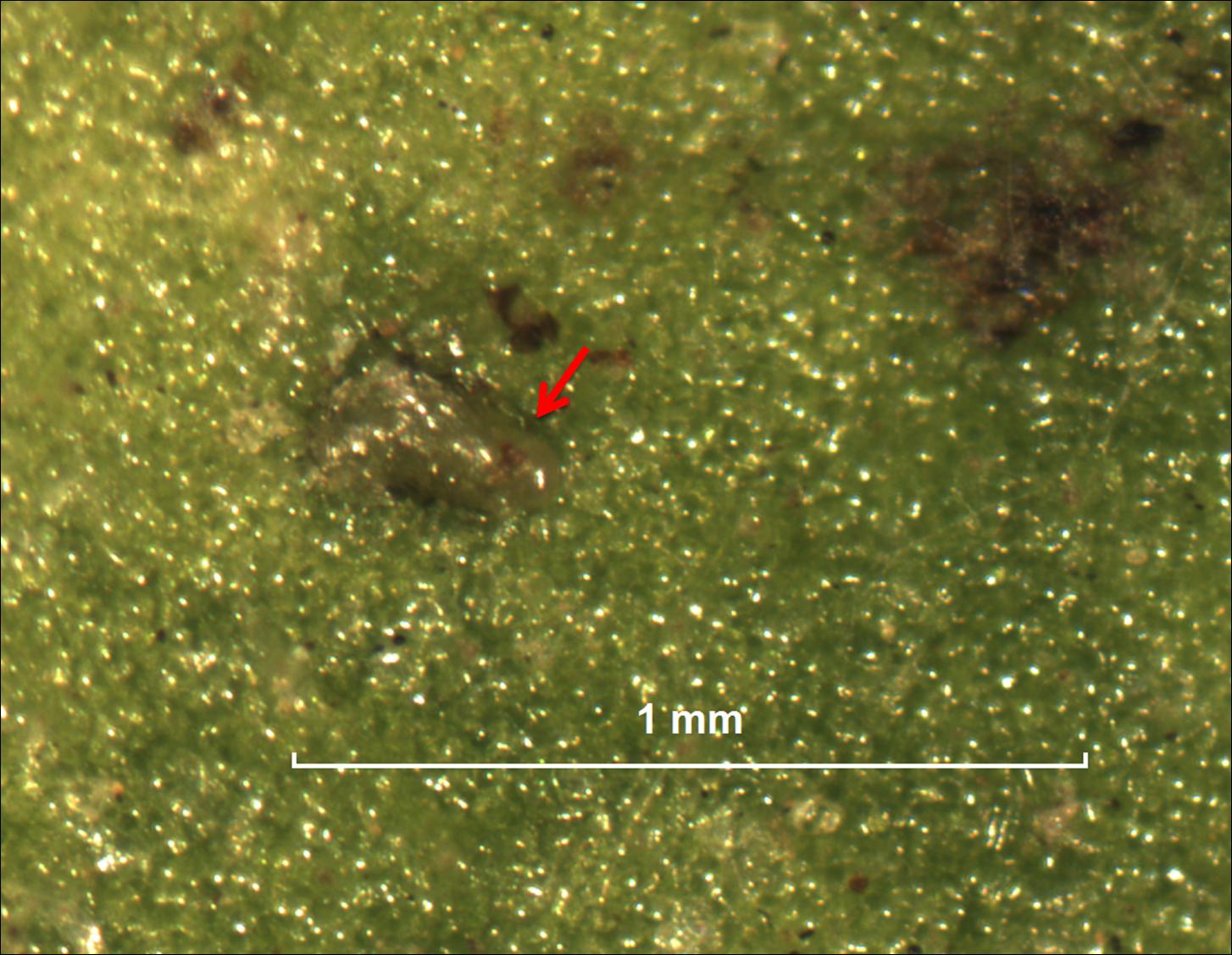
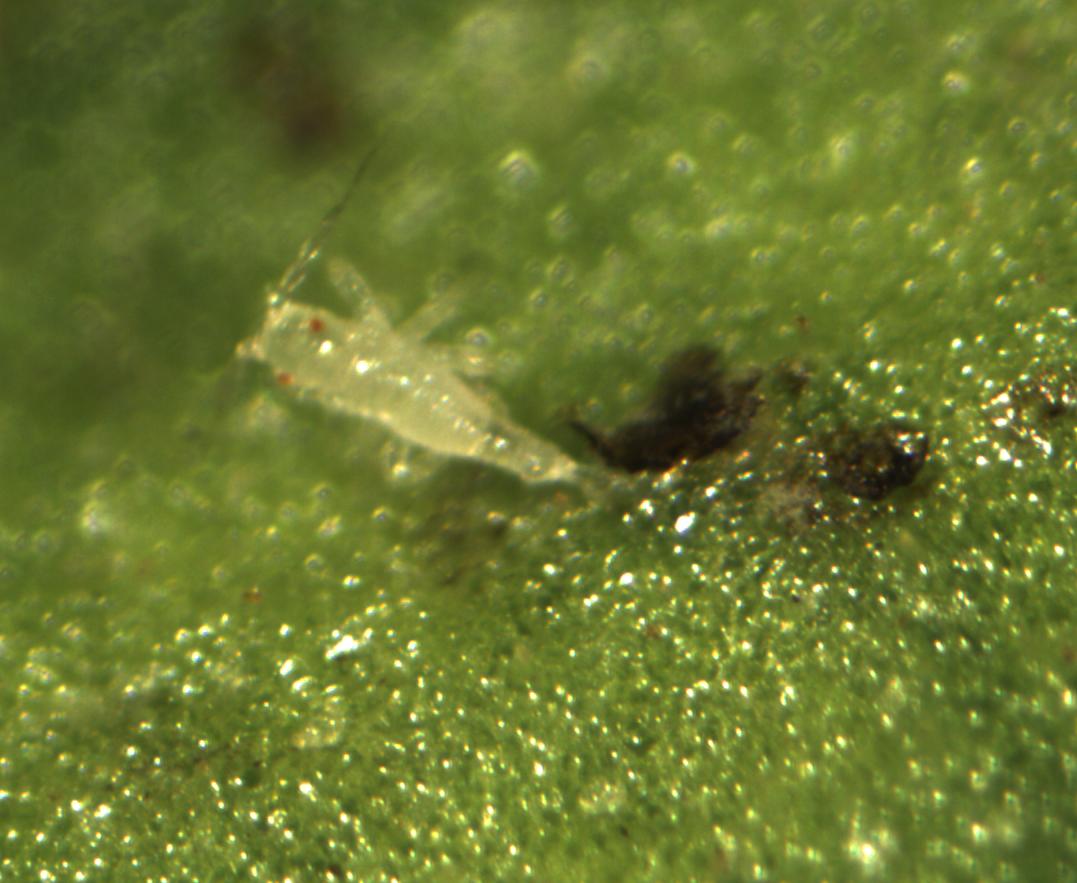
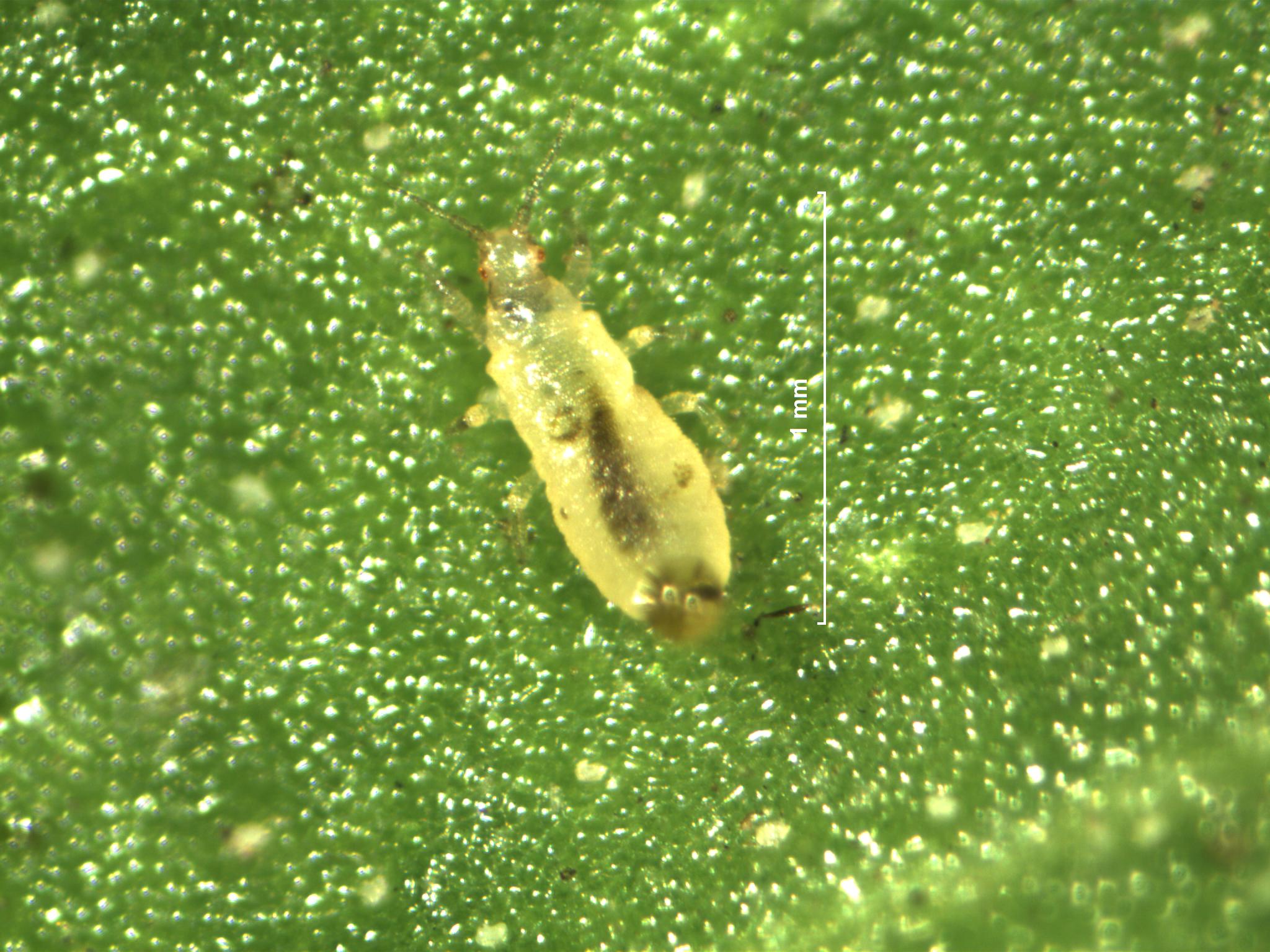
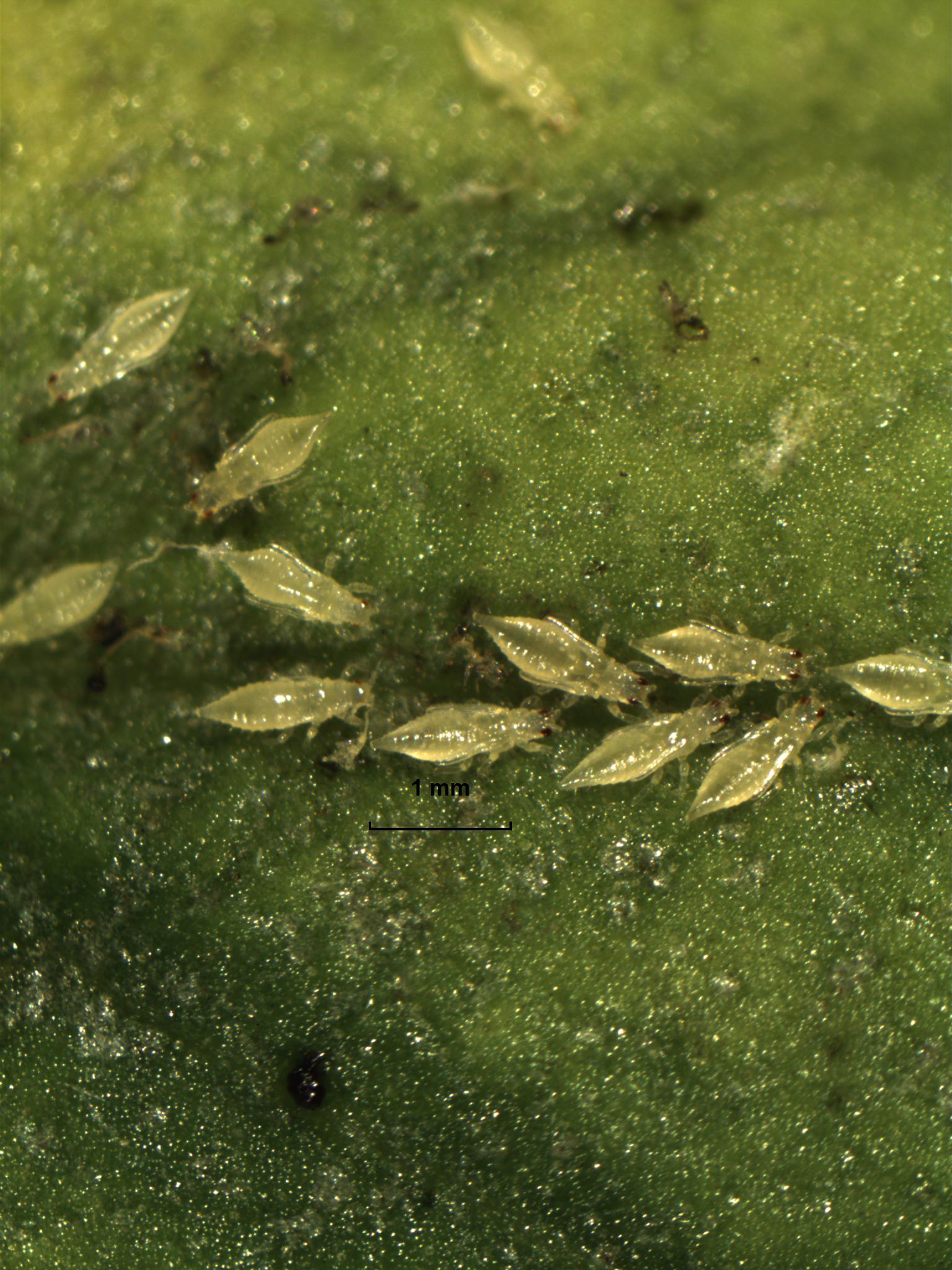
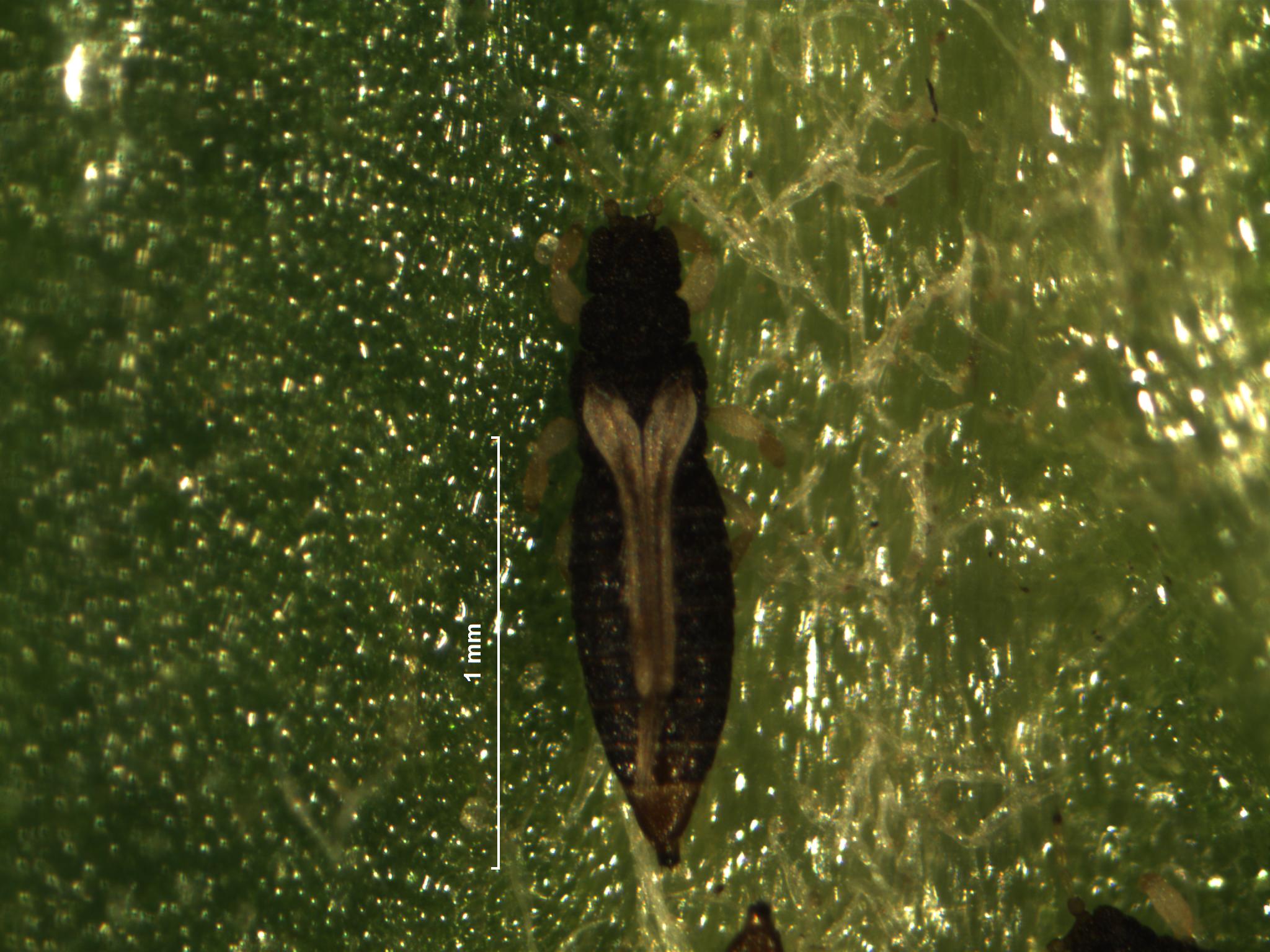
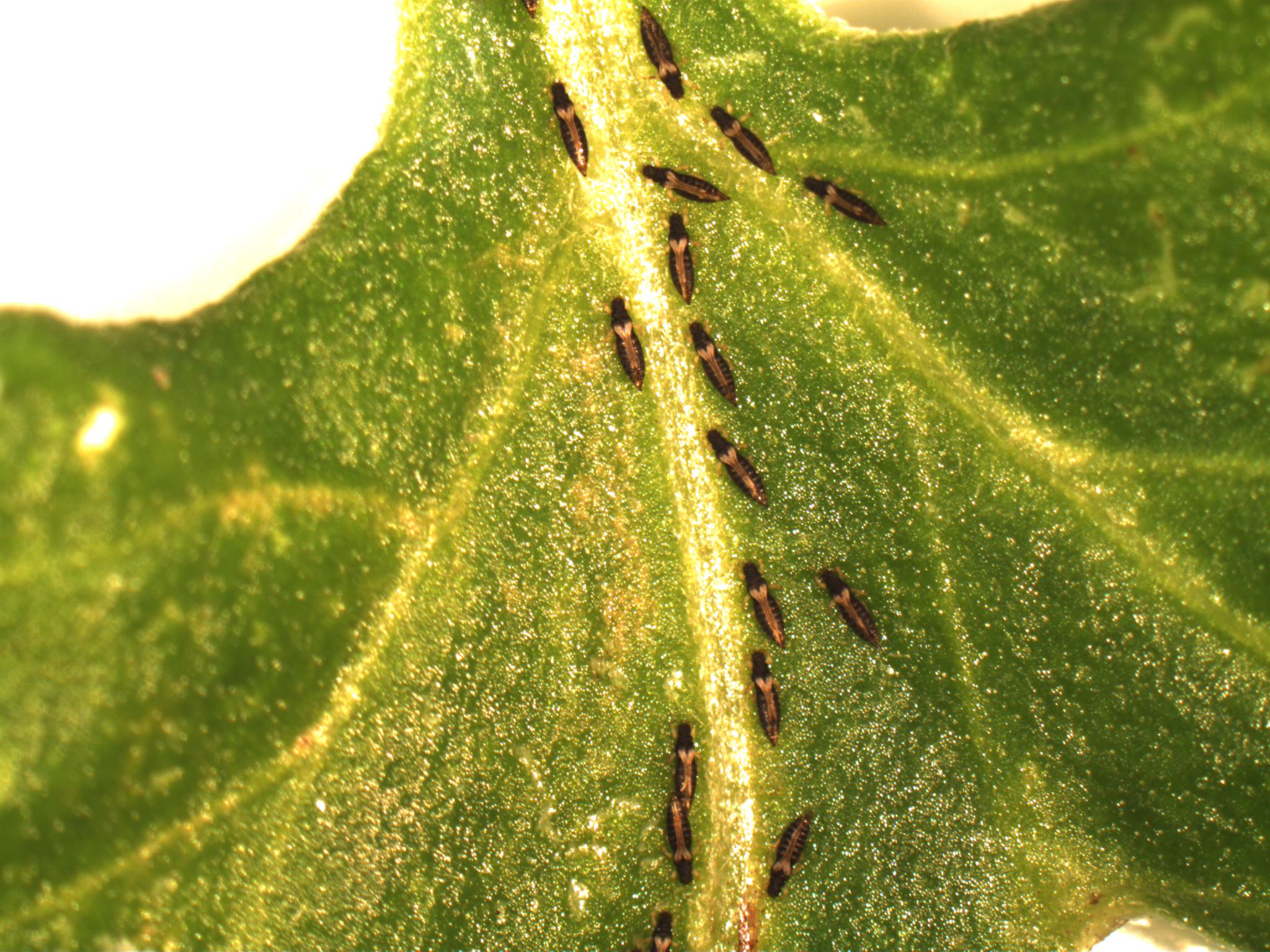
Awards/Honours
- 1st prize for poster and presentation: 'Characterisation of microbial symbionts of two thrips species and their importance for reproduction' at the Australian Entomological Society, Scientific Conference, Hobart, 28 November 2012
Publications
Nguyen DT, Morrow JL, Spooner-Hart RN, Riegler M, (2017) 'Independent cytoplasmic incompatibility induced by Cardinium and Wolbachia maintains endosymbiont coinfections in haplodiploid thrips populations', Evolution, vol.71, no.4, pp 995-1008
Nguyen DT, Spooner-Hart RN, Riegler M, (2016) 'Loss of Wolbachia but not Cardinium in the invasive range of the Australian thrips species, Pezothrips kellyanus', Biological Invasions, vol.18, no.1, pp 197-214
Nguyen DT, Spooner-Hart RN, Riegler M, (2015) 'Polyploidy versus endosymbionts in obligately thelytokous thrips', BMC Evolutionary Biology, vol.15, Article no.23
Research Project Supervisors
Associate Professor Markus Riegler, Associate Professor Robert Spooner-Hart
View the Thesis
» Australasian Digital Theses Online (opens in a new window)